Essential Insights into Aviation Safety: Avoiding Hidden Dangers
Aviation, while incredibly safe by modern standards, still involves navigating complex and often dangerous scenarios. From unpredictable weather patterns to technological failures, pilots must remain vigilant to ensure the safety of every flight. This article explores some of the key dangers in aviation and the systems in place to mitigate them.
The Peril of Microbursts in Aviation
Microbursts are one of the most dangerous weather phenomena that pilots can encounter. These sudden, intense downdrafts occur during thunderstorms and can force even large jets into a rapid descent, potentially leading to catastrophic outcomes. During the summer months, especially in regions prone to convective weather, the risk of encountering a microburst increases significantly.
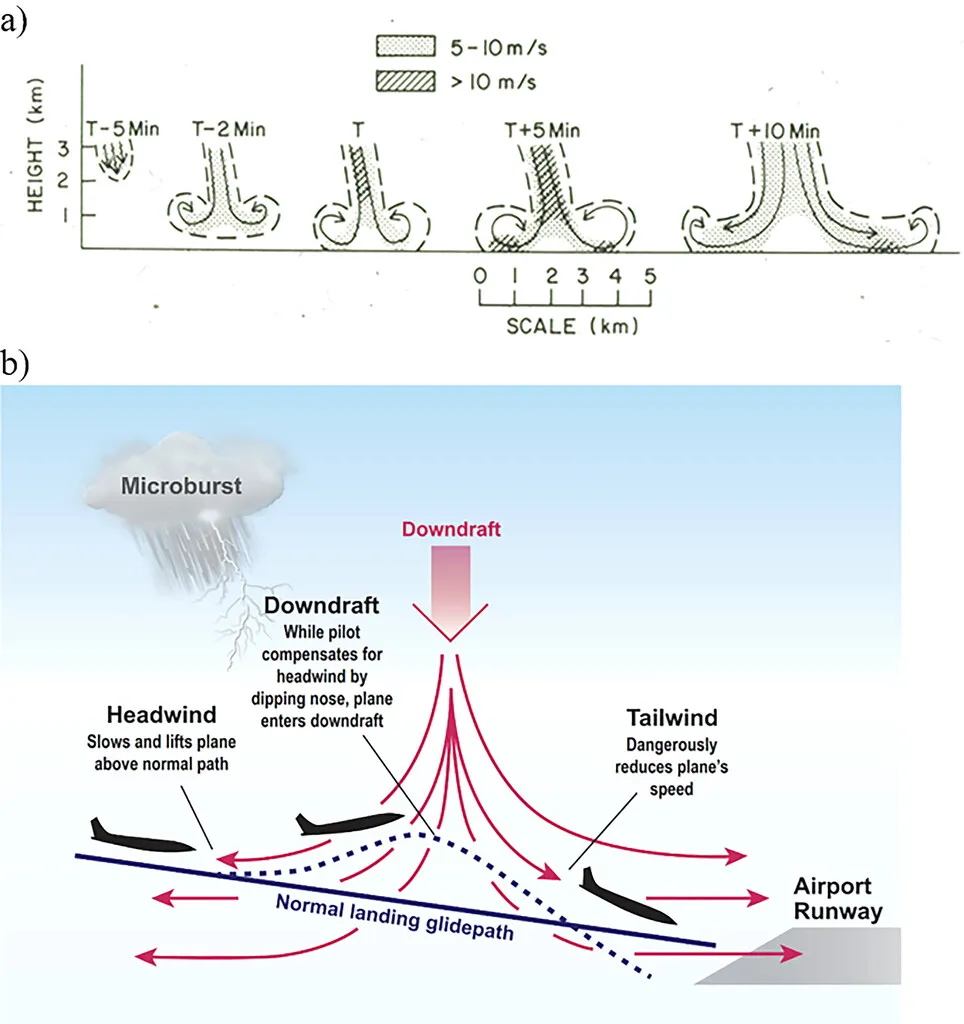
Historical incidents, such as the crashes of Eastern Airlines Flight 66 in 1975 and Delta Airlines Flight 191 in 1985, illustrate the devastating impact microbursts can have on aircraft. Despite advancements in meteorological detection, the threat remains, making it crucial for pilots to stay informed and prepared.
Understanding Microbursts: Key Facts
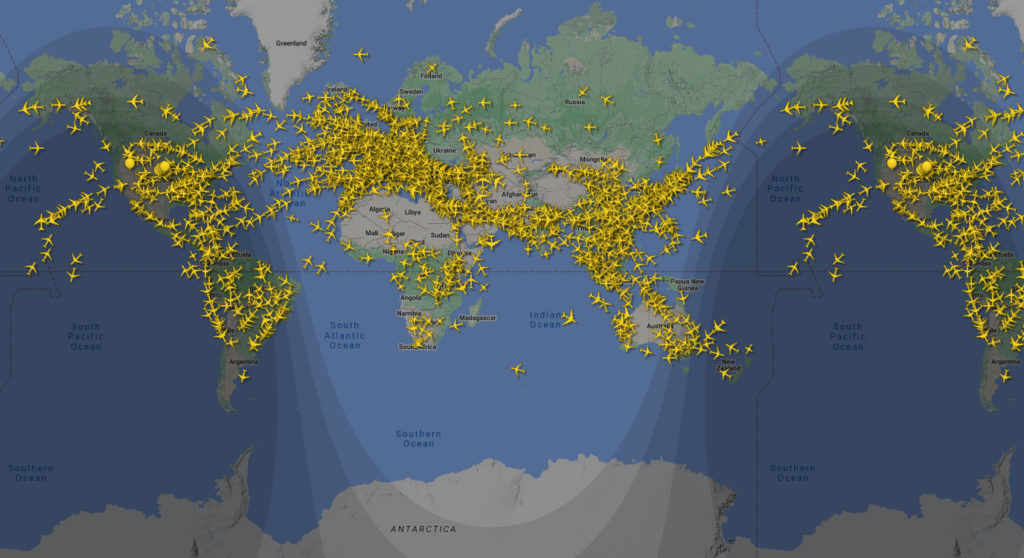
A microburst’s power lies in its speed and intensity, often catching pilots off guard. Here are some critical characteristics:
| Microburst Characteristics | Impact on Aviation |
|---|---|
| Wind speeds exceeding 150 mph | Severe turbulence, potential loss of control |
| Duration of 5-15 minutes | Limited time for pilots to react effectively |
| Occurrence during thunderstorms | Higher risk during peak summer periods |
Pilots must rely on updated weather information and remain alert to sudden changes in conditions, particularly during takeoff and landing, when aircraft are most vulnerable.
The Role of TCAS in Preventing Mid-Air Collisions

The Traffic Collision Avoidance System (TCAS) is a crucial safety feature designed to prevent mid-air collisions by monitoring nearby airspace for other aircraft. When a potential collision is detected, TCAS alerts the pilot and provides guidance on how to avoid it. This system has become an essential part of modern aviation, contributing significantly to flight safety.
How TCAS Works to Ensure Safety
TCAS operates by continuously scanning the airspace around the aircraft. It issues two types of alerts:
- Traffic Advisory (TA): Warns pilots of nearby aircraft, urging them to be cautious.
- Resolution Advisory (RA): Provides specific instructions on how to avoid a collision, such as climbing or descending.
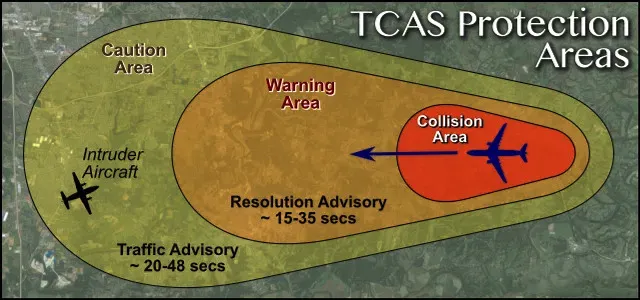
This system acts as an additional set of eyes in the cockpit, helping pilots make split-second decisions that can prevent accidents. TCAS’s effectiveness, however, depends on the pilot’s ability to respond quickly and correctly to its advisories.
Lessons from the MCAS System Failures
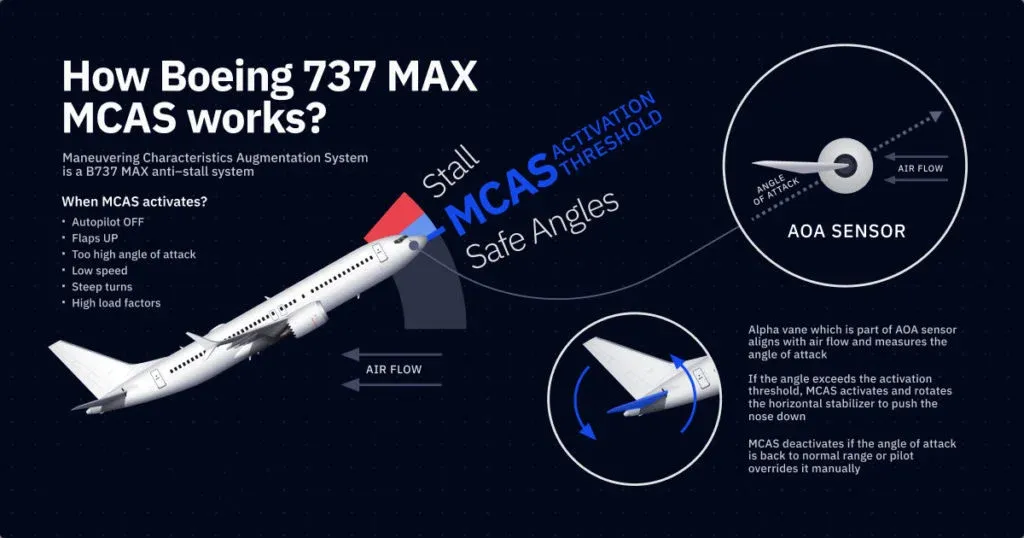
The Maneuvering Characteristics Augmentation System (MCAS) came under intense scrutiny following two tragic Boeing 737 MAX crashes. This system was designed to help pilots manage the aircraft under specific conditions, particularly when the plane’s larger engines altered its aerodynamics. However, issues with the MCAS system revealed significant flaws in both the technology and the training provided to pilots.
The Impact of MCAS on Aviation Safety
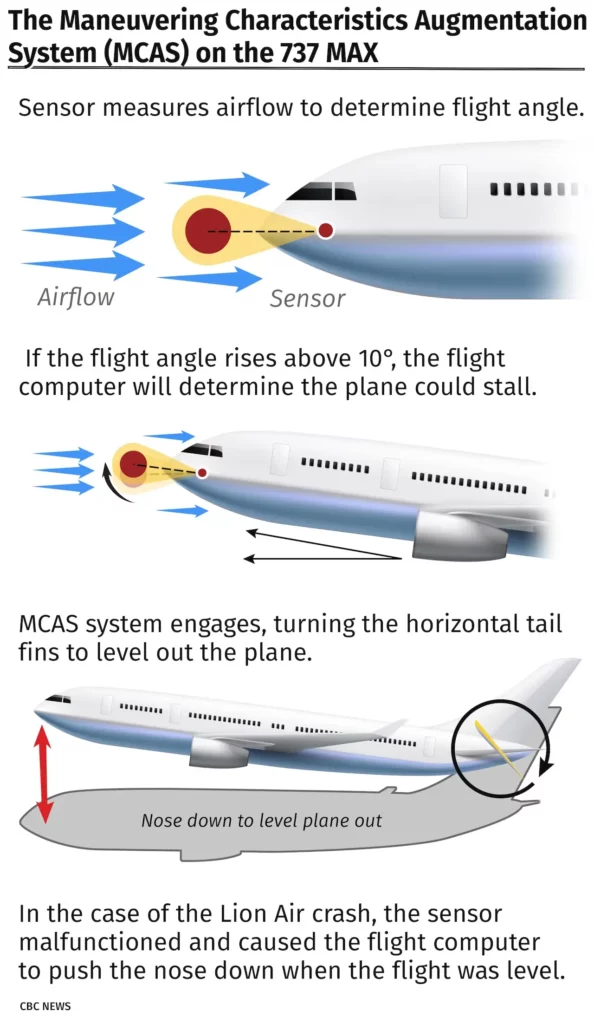
MCAS was intended to improve aircraft stability, particularly during takeoff and landing. However, the system’s automatic engagement without clear pilot input led to situations where pilots struggled to regain control, contributing to the crashes. These incidents have spurred changes across the aviation industry, with an emphasis on improving system design and ensuring that pilots are better trained to handle such automated systems.
Navigating Distractions in the Cockpit
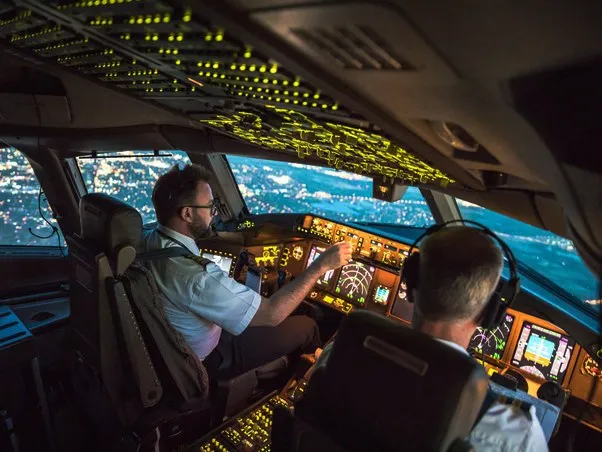
Distractions in the cockpit, even minor ones, can lead to serious consequences. A report from the NASA Aviation Safety Reporting System (ASRS) highlighted a case where a Cessna 182 Skylane pilot nearly lost control during takeoff due to an incorrect transponder setting—a simple mistake that could have led to disaster.
How to Minimize Distractions
Distractions in the cockpit can come from various sources, such as operational tasks, communication with air traffic control, or even personal thoughts. To minimize the risk:
Maintaining a high level of focus is essential, especially in high-pressure environments where even a small mistake can have severe consequences.
Modern Trends in Aviation Safety (2024)
As we progress into 2024, the aviation industry is seeing significant developments aimed at enhancing safety. One of the primary concerns continues to be the prevention of loss of control in flight (LOC-I), which remains a leading cause of fatal accidents in general aviation. To address this, the industry is focusing on improved pilot training, the implementation of Safety Management Systems (SMS), and advanced in-flight monitoring technologies.
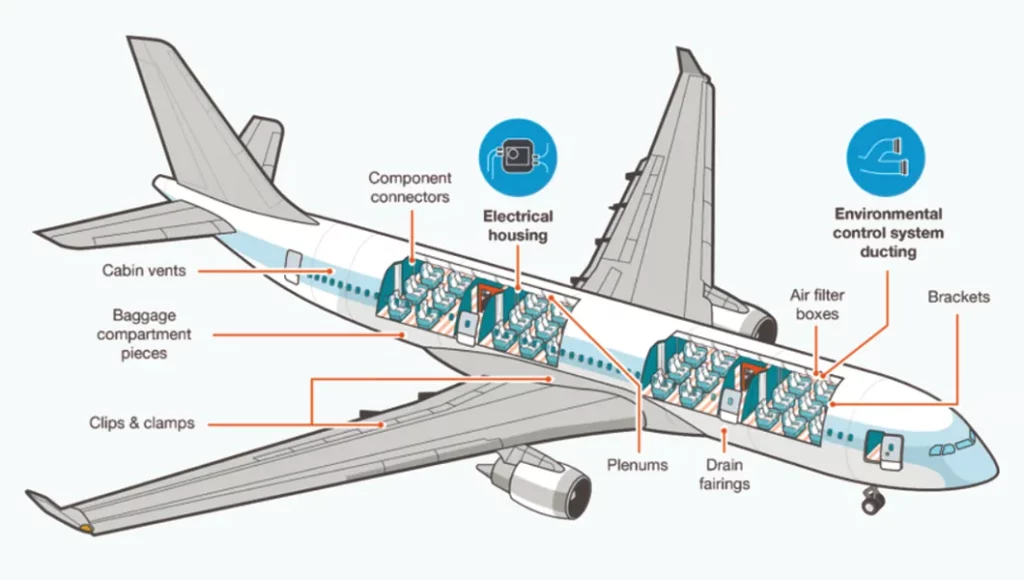
Runway safety has also come under intense scrutiny due to a rise in runway incursions and excursions. Efforts to improve runway safety include better signage, enhanced lighting, and stricter adherence to landing and taxi procedures. Pilots are encouraged to stay vigilant and use up-to-date airport diagrams to avoid misunderstandings during these critical phases of flight.
The Evolution of Aviation Technology
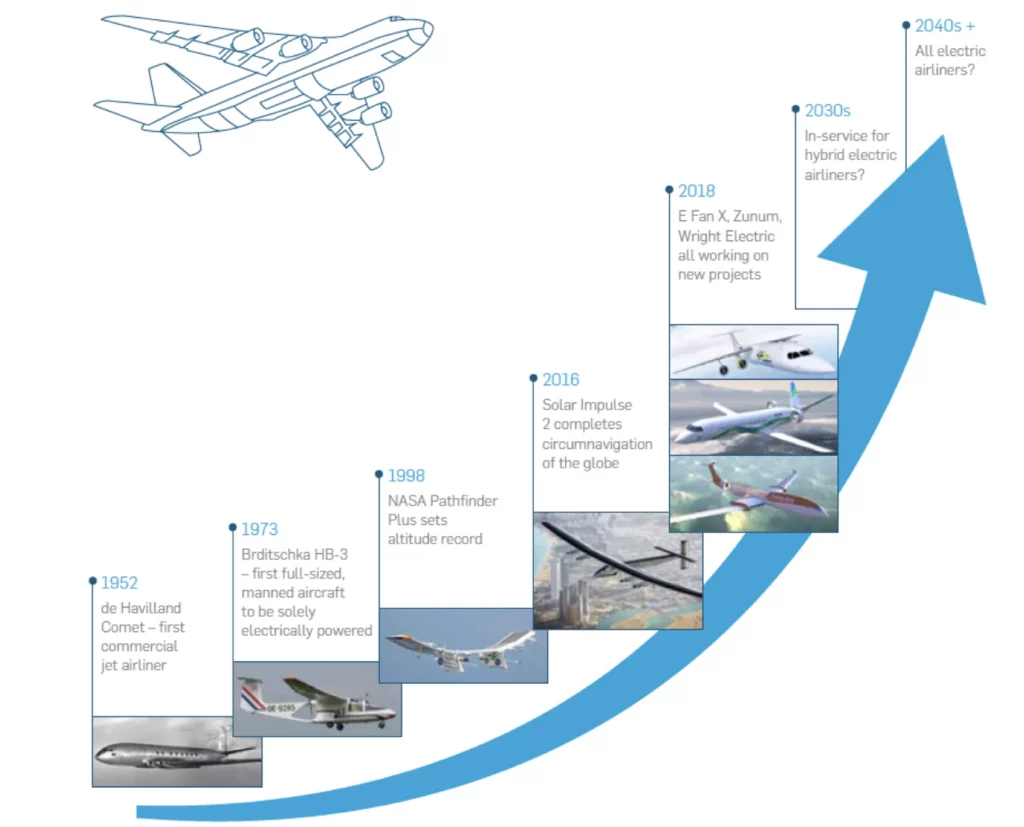
As aviation technology continues to evolve, so do the systems designed to enhance safety. From hypersonic jets to the possibility of single-pilot operations, the future of aviation is filled with innovations that could revolutionize air travel.
The Rise of Hypersonic Jets
Hypersonic jets, capable of flying at speeds greater than five times the speed of sound, promise to reduce travel times dramatically. A flight from New York to Tokyo could be completed in just a few hours, potentially transforming international travel. These advancements, however, come with their own set of challenges, particularly in ensuring the safety and reliability of such high-speed aircraft.
Single-Pilot Operations: A Future Possibility
The concept of Single-Pilot Operations (SPO) is gaining traction, especially with advancements in automation and artificial intelligence. However, these operations come with increased risks, including task saturation and reduced situational awareness during non-nominal conditions. As of 2024, while research and development in SPO are ongoing, large-scale implementation in commercial aviation remains a few years away. This delay is partly due to the need for robust automated systems that can adequately support a single pilot without compromising safety.
Human Factors and Mental Health in Aviation
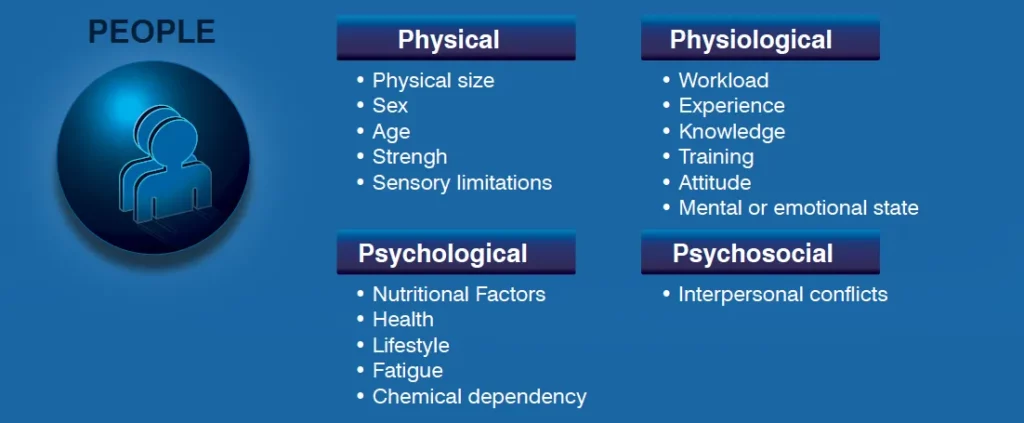
Mental health and pilot fatigue are increasingly recognized as critical factors in aviation safety. In 2024, there is a growing emphasis on integrating mental health assessments into regular fitness evaluations for pilots. Addressing issues like fatigue, stress, and overall mental well-being is seen as essential in ensuring that pilots are fit for duty and capable of managing the demands of modern aviation.
